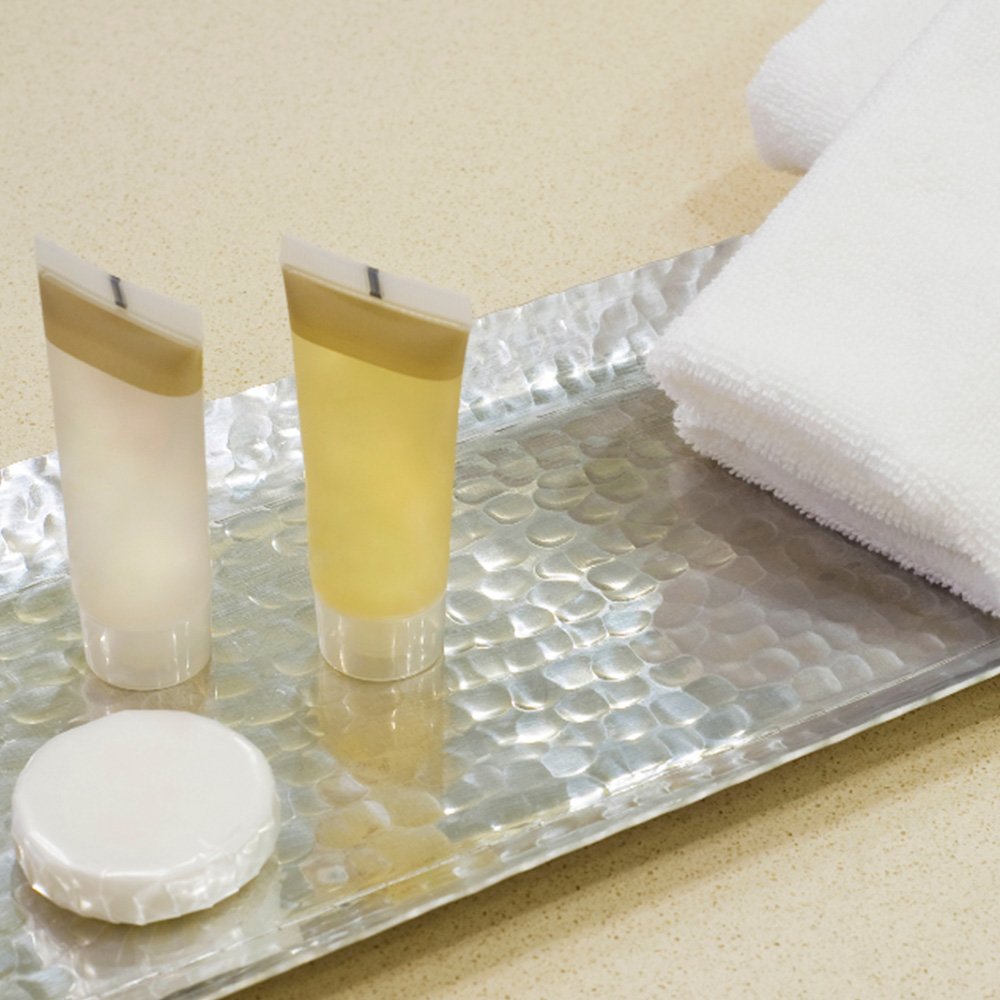SOLAR
SOLAR POWER
Solar power is the energy from incoming solar radiation (light energy from the sun).
There are three main types of solar power systems:
- Concentrated Solar Power (CSP)
- Solar panels (photovoltaic or PV)
- Solar hot water geysers
Read More
Concentrated Solar Power CSP
Hundreds of specially designed mirrors are arranged in a radial pattern so that the reflection of the sun’s light on the mirrors is concentrated into a single point in the centre of the circle. This concentrated radiation is used to heat a large container of salt (such as sodium and potassium nitrate) to its melting point. This molten salt stores thermal energy (heat) and is surrounded by cylinders of water. This water gets heated and begins to evaporate into steam. The steam is used to push turbines, which spin with magnets and coils of wire to generate electricity. This kind of system is usually done by large scale producers to feed into the national energy grid.
Solar Panels (photovoltaic)
A simplified explanation of how solar panels generate electricity is as follows:
- Photons (particles of light) hit the solar panel crystals which are made of silicon
- The photons cause the electrons contained in the thin layers of the silicon crystal in the panel to become excited and jump towards the next crystals
- These moving electrons begin to generate a current that flows through the panel, which is captured in tiny copper wires that are regularly spaced among the silicon crystals
- The electric current that is generated is concentrated from the copper wires into a larger cable
- The current that is generated moves along cables to be stored in batteries
- The current must move through a charge controller, which regulates the voltage feeding into the batteries
- In conventional systems, the batteries are connected to an inverter. This inverter is able change the direct current (DC) charge that is stored in the batteries into alternating current (AC) power which is then fed into the building’s usual electrical wiring system / mains electricity box.
Solar panels are classified as being monocrystalline or polycrystalline. Monocrystalline panels are made with a single layer of silicon crystals in the panel, while polycrystalline ones are made by melting many silicon crystals together and they have multiple layers. Monocrystalline panels are more efficient than polycrystalline ones because there is more space for electrons to move between the silicon crystals. They are also more efficient in cloudy conditions, because the sunlight only needs to reach one level of crystals to generate current.
Solar hot water geysers
There are two types of solar water systems:
- Evacuated tubes – These are made from evacuated glass tubes which contain water in the central part of the dark pipe, and which have another layer of glass surrounding the pipe which contains a vacuum. This vacuum is used to insulate the warm water in the pipe. Pipes are connected to a tank which stores the hot water and circulates it.
- Solar water tanks – tanks containing large metal (sometimes rubber) pipes of water, with two layers of glass (for insulation). This allows the incoming solar radiation into the tank to heat up the water in the pipes, just as a greenhouse allows the sun’s radiation in. The panels of glass insulate the water in the pipes in the tank. Water is then circulated and piped into buildings.
What are the advantages of solar power?
- It is safe, easy to install and suitable for beginners / ‘barefoot engineers’ – this is because solar panel systems are low voltage and amperage
- Systems are flexible – they can be used for a variety of power needs, from small to large scale applications
- Systems can be modular – meaning you can build them to provide more power when you can afford to, or as your demands change
- It is a versatile form of energy – you can take it camping with you, it is useful in boating and in remote applications and in areas where there is no national electricity grid.
- Solar power can make electricity accessible for low income groups in poorer regions of the world
What are the disadvantages of solar power?
- Cost of installation of large systems – the initial capital outlay is generally quite high. However, with solar products being made in an increasing number of countries (eg. Germany, India, China), and with increasing demand, prices are reducing. This means that the amount of time that it takes for you to earn the money back that was invested in the system initially is shortening.
- Solar power only makes sense in areas that have suitable climates and receive decent amounts of incoming solar radiation (i.e. they are sunny enough).
- Power is only generated during the day but is needed throughout the day and night – so it needs to be stored somewhere
- Need to have enough batteries – which are also expensive to buy initially
- Batteries have limited lifetimes, and need to be disposed of safely
- Batteries are not easily recycled
- There is ‘embodied energy’ in solar power equipment – this means that as soon as you install the system, you have already added to your carbon footprint – because there is still the carbon footprint of energy that was needed to actually extract and process the minerals and manufacture the components before they were sold to you. Embodied energy includes the energy needed for extracting minerals and smelting them into frames, glass etc. and then transporting them to you.
What is Australia’s solar power capacity?
Until recently, Australia was considered as being a bit slow on the uptake of solar power. However, since 2018, there has been a large jump in the amount of solar PV projects being installed. Currently, Australia has about 17, 616 MW of solar PV capacity (as at June 2020) and it made up over 5% of the country’s total energy production in 2018.
How does using solar power help me to reduce my carbon footprint?
- Even if you cannot afford to install a solar system in your home or office, some countries allow you to buy specific electricity credits that have been generated from solar farms and other renewable energy sources.
- Generating and using solar power means that you reduce the total demand on conventional energy grid systems where power is typically generated by burning fossil fuels (e.g. coal power stations)
- Decreasing the demand on conventional fossil fuels and the grid helps to shift attention away from fossil fuels
- Increasing demand on solar power systems can stimulate innovation and research into making the systems even more efficient and affordable.
Important considerations before installing solar power systems
- What type of devices do you use most?
- When and how high is your peak electricity demand?
- Do you use devices that demand a large amount of power?
- How much space do you have for panels or geysers?
- How much hot water do you need and when do you need it?
- Where do you live? Is there enough solar insolation?
- Do you live in the northern or southern hemisphere? This will affect which way you need to angle your solar panels (they should face towards the south in the northern hemisphere, and vice versa in the southern hemisphere)
- What are your goals in terms of your energy demands, being off-grid etc.?
- How does your country generate most of its electricity?
- What is your budget, and over what time period?
- As a general rule – bigger is better. Rather have an inverter system that is larger than your current energy needs, so that it can cope with the addition of more panels and batteries if needed over time. You will save money as you will not need to buy a new inverter when you upgrade.
Read Less
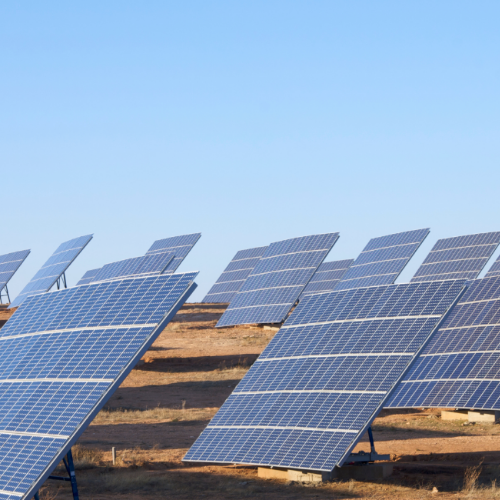
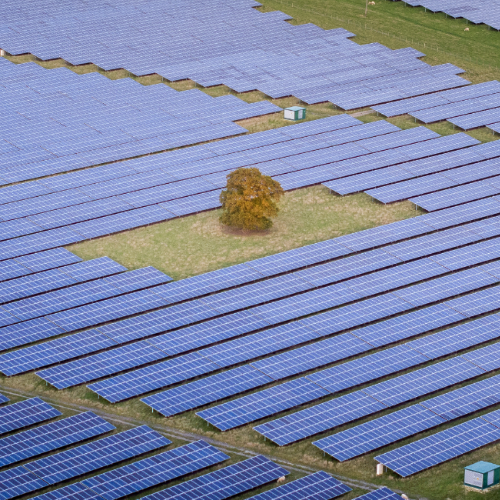
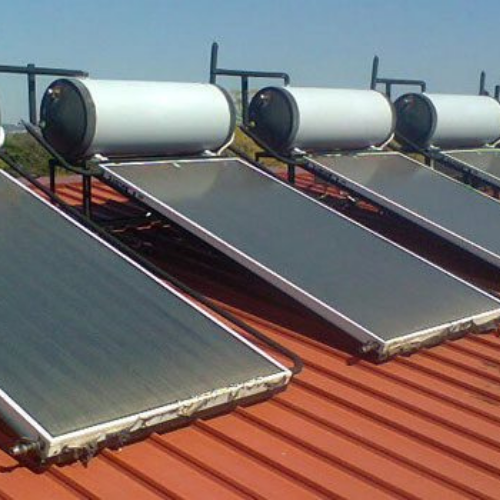
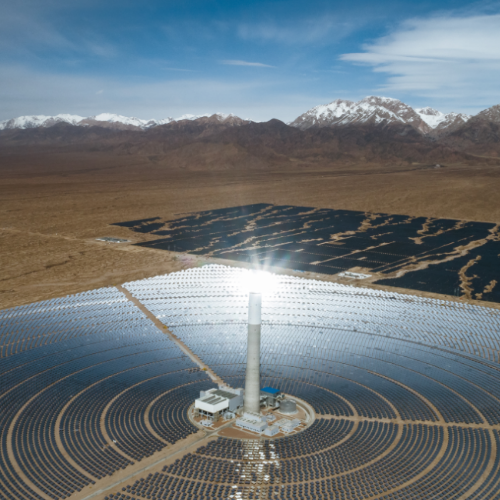
Solar


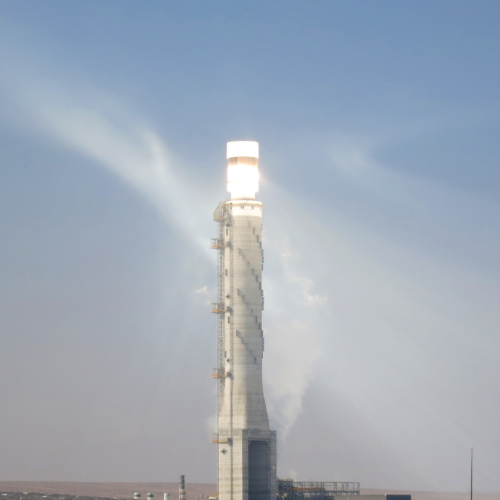

SOLAR POWER
Solar power is the energy from incoming solar radiation (light energy from the sun).
There are three main types of solar power systems:
- Concentrated Solar Power (CSP)
- Solar panels (photovoltaic or PV)
- Solar hot water geysers
Read More
Concentrated Solar Power CSP
Hundreds of specially designed mirrors are arranged in a radial pattern so that the reflection of the sun’s light on the mirrors is concentrated into a single point in the centre of the circle. This concentrated radiation is used to heat a large container of salt (such as sodium and potassium nitrate) to its melting point. This molten salt stores thermal energy (heat) and is surrounded by cylinders of water. This water gets heated and begins to evaporate into steam. The steam is used to push turbines, which spin with magnets and coils of wire to generate electricity. This kind of system is usually done by large scale producers to feed into the national energy grid.
Solar Panels (photovoltaic)
A simplified explanation of how solar panels generate electricity is as follows:
- Photons (particles of light) hit the solar panel crystals which are made of silicon
- The photons cause the electrons contained in the thin layers of the silicon crystal in the panel to become excited and jump towards the next crystals
- These moving electrons begin to generate a current that flows through the panel, which is captured in tiny copper wires that are regularly spaced among the silicon crystals
- The electric current that is generated is concentrated from the copper wires into a larger cable
- The current that is generated moves along cables to be stored in batteries
- The current must move through a charge controller, which regulates the voltage feeding into the batteries
- In conventional systems, the batteries are connected to an inverter. This inverter is able change the direct current (DC) charge that is stored in the batteries into alternating current (AC) power which is then fed into the building’s usual electrical wiring system / mains electricity box.
Solar panels are classified as being monocrystalline or polycrystalline. Monocrystalline panels are made with a single layer of silicon crystals in the panel, while polycrystalline ones are made by melting many silicon crystals together and they have multiple layers. Monocrystalline panels are more efficient than polycrystalline ones because there is more space for electrons to move between the silicon crystals. They are also more efficient in cloudy conditions, because the sunlight only needs to reach one level of crystals to generate current.
Solar hot water geysers
There are two types of solar water systems:
- Evacuated tubes – These are made from evacuated glass tubes which contain water in the central part of the dark pipe, and which have another layer of glass surrounding the pipe which contains a vacuum. This vacuum is used to insulate the warm water in the pipe. Pipes are connected to a tank which stores the hot water and circulates it.
- Solar water tanks – tanks containing large metal (sometimes rubber) pipes of water, with two layers of glass (for insulation). This allows the incoming solar radiation into the tank to heat up the water in the pipes, just as a greenhouse allows the sun’s radiation in. The panels of glass insulate the water in the pipes in the tank. Water is then circulated and piped into buildings.
What are the advantages of solar power?
- It is safe, easy to install and suitable for beginners / ‘barefoot engineers’ – this is because solar panel systems are low voltage and amperage
- Systems are flexible – they can be used for a variety of power needs, from small to large scale applications
- Systems can be modular – meaning you can build them to provide more power when you can afford to, or as your demands change
- It is a versatile form of energy – you can take it camping with you, it is useful in boating and in remote applications and in areas where there is no national electricity grid.
- Solar power can make electricity accessible for low income groups in poorer regions of the world
What are the disadvantages of solar power?
- Cost of installation of large systems – the initial capital outlay is generally quite high. However, with solar products being made in an increasing number of countries (eg. Germany, India, China), and with increasing demand, prices are reducing. This means that the amount of time that it takes for you to earn the money back that was invested in the system initially is shortening.
- Solar power only makes sense in areas that have suitable climates and receive decent amounts of incoming solar radiation (i.e. they are sunny enough).
- Power is only generated during the day but is needed throughout the day and night – so it needs to be stored somewhere
- Need to have enough batteries – which are also expensive to buy initially
- Batteries have limited lifetimes, and need to be disposed of safely
- Batteries are not easily recycled
- There is ‘embodied energy’ in solar power equipment – this means that as soon as you install the system, you have already added to your carbon footprint – because there is still the carbon footprint of energy that was needed to actually extract and process the minerals and manufacture the components before they were sold to you. Embodied energy includes the energy needed for extracting minerals and smelting them into frames, glass etc. and then transporting them to you.
What is Australia’s solar power capacity?
Until recently, Australia was considered as being a bit slow on the uptake of solar power. However, since 2018, there has been a large jump in the amount of solar PV projects being installed. Currently, Australia has about 17, 616 MW of solar PV capacity (as at June 2020) and it made up over 5% of the country’s total energy production in 2018.
How does using solar power help me to reduce my carbon footprint?
- Even if you cannot afford to install a solar system in your home or office, some countries allow you to buy specific electricity credits that have been generated from solar farms and other renewable energy sources.
- Generating and using solar power means that you reduce the total demand on conventional energy grid systems where power is typically generated by burning fossil fuels (e.g. coal power stations)
- Decreasing the demand on conventional fossil fuels and the grid helps to shift attention away from fossil fuels
- Increasing demand on solar power systems can stimulate innovation and research into making the systems even more efficient and affordable.
Important considerations before installing solar power systems
- What type of devices do you use most?
- When and how high is your peak electricity demand?
- Do you use devices that demand a large amount of power?
- How much space do you have for panels or geysers?
- How much hot water do you need and when do you need it?
- Where do you live? Is there enough solar insolation?
- Do you live in the northern or southern hemisphere? This will affect which way you need to angle your solar panels (they should face towards the south in the northern hemisphere, and vice versa in the southern hemisphere)
- What are your goals in terms of your energy demands, being off-grid etc.?
- How does your country generate most of its electricity?
- What is your budget, and over what time period?
- As a general rule – bigger is better. Rather have an inverter system that is larger than your current energy needs, so that it can cope with the addition of more panels and batteries if needed over time. You will save money as you will not need to buy a new inverter when you upgrade.
Read Less
Solar
Increasing numbers of corporate and holidaymakers want to travel sustainably, and prefer environmentally aware providers when booking accommodation, events, and venues. The expectations of consumers have changed, and for the hotel industry, adapting to these changes is not only smart business but a strategic imperative.
Tourism is one sector with the biggest potential in the world. In Australia, the hotel and resort sector generates around $8 billion of revenue yearly. With this comes a large carbon emissions footprint, that needs to be acknowledged, measured and a strategy developed to reduce it. It is necessary to provide transparent information and a plan to the consumers who are also on the journey to carbon neutrality.
Read More
Currently, the hotel and resort industry faces the challenge of sustainability. How can we reduce our carbon footprint? Carbon Offset Advisory can help you understand the issues, the process and guide you through a strategic approach to improvement in environmental performance using progressive steps.
You need a plan to reduce resource consumption, improve efficiency, manage waste, control pollutants, use sustainable products, recycle and transition to carbon neutral suppliers.
To achieve this, we focus on several key areas:
- Commit, Measure and Act
- Empowering you with information that facilitates decision making.
- Decarbonise your supply chain.
- Using environmental performance and industry leadership as a positive marketing tool to grow business.
- Strategic implementation to minimise disruption and cost.
Carbon Offset Advisory develops achievable plans and strategies that will lead you to NET ZERO CARBON with minimal cost and disruption.
Read Less

